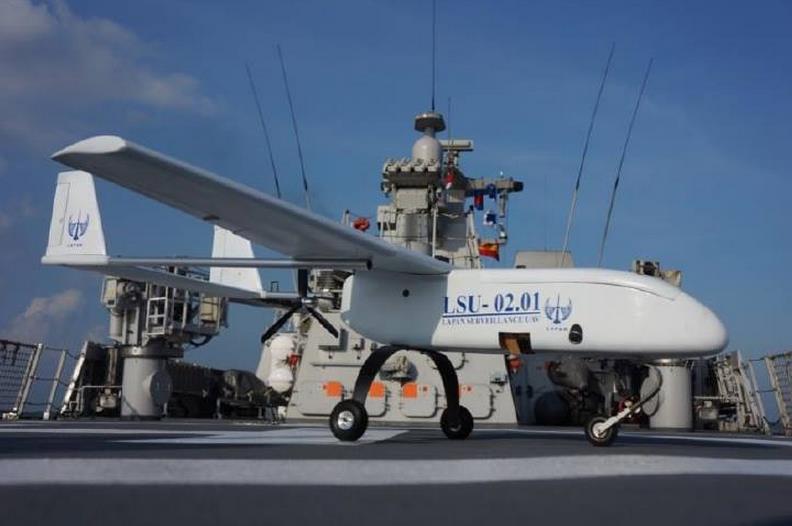Introduction
The development of drones in Indonesia first started in 1994 during a reunion of Institute of Bandung flight engineer graduates who had a vision to build an unmanned aerial vehicle (UAV) indigenously. The plan subsequently led to the formation of the PT Uavindo Co., which developed its first UAV, Sky-Spy-5, in 2003. The military immediately utilized this drone for intelligence purposes. New interest in UAV technology was sparked when the government passed legislation for the self-reliance of the national military industry. In addition, a national telecast of the presidential debate in 2014 sparked even more interest when one candidate, Joko Widodo, who later became the president of Indonesia, strongly expressed his commitment to employ drones in monitoring Indonesia’s borders and maritime zones.
Since then, Indonesia has managed to indigenously develop around 14 drones. However, by the end of July 2015 the Department of Defense (DoD) had finalized new contracts with four Indonesian companies to develop another eight drones that utilize domestic and European Union (EU) drone technology for defense purposes, especially for the army and navy. These first eight military drones are part of a total of 80 drones that are to be procured by the Indonesian DoD by 2017. This will be followed by second and third military drone development projects that are scheduled for completion in 2019.
Currently, there are many parties involved in drone development, with research and development (R&D) conducted by ministerial institutions as well as by nonministerial government institutions, universities, private institutions, individuals, and the military. All of these UAVs were developed for civilian surveillance purposes. However, recent experiments and flight tests have demonstrated that there is little to no technical barrier to developing UAVs for military purposes such as carrying light weapons or bombs.


 This regulation would be violated if a foreign drone attempted to enter Indonesian airspace, under the control of either another government or a non-state actor. The most likely response to such a violation would be to provide a visual warning. If the warning was not heeded, the military could take steps to shoot down or take control of the system if possible. Of course, the problem would be more complicated if the drone was armed.
This regulation would be violated if a foreign drone attempted to enter Indonesian airspace, under the control of either another government or a non-state actor. The most likely response to such a violation would be to provide a visual warning. If the warning was not heeded, the military could take steps to shoot down or take control of the system if possible. Of course, the problem would be more complicated if the drone was armed.